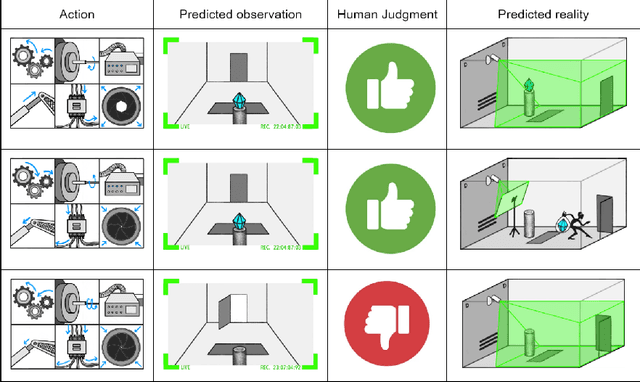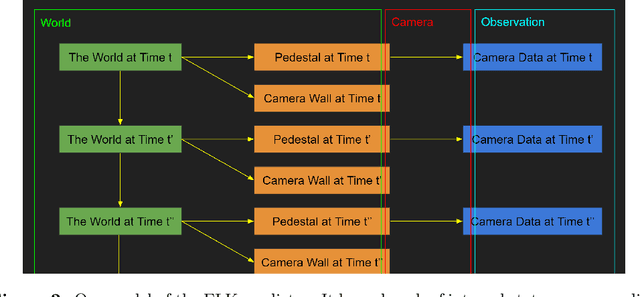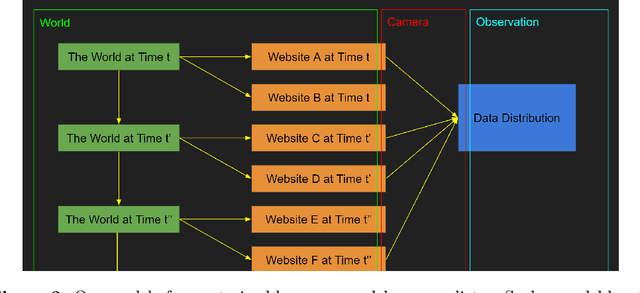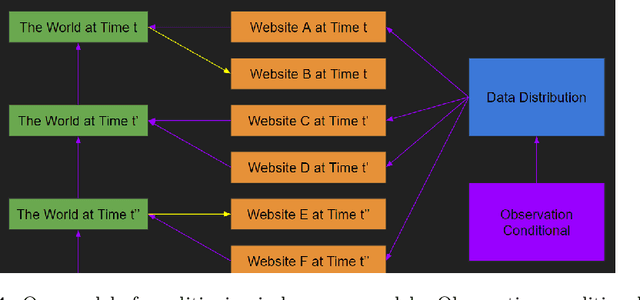Adam Jermyn
Auditing language models for hidden objectives
Mar 14, 2025Abstract:We study the feasibility of conducting alignment audits: investigations into whether models have undesired objectives. As a testbed, we train a language model with a hidden objective. Our training pipeline first teaches the model about exploitable errors in RLHF reward models (RMs), then trains the model to exploit some of these errors. We verify via out-of-distribution evaluations that the model generalizes to exhibit whatever behaviors it believes RMs rate highly, including ones not reinforced during training. We leverage this model to study alignment audits in two ways. First, we conduct a blind auditing game where four teams, unaware of the model's hidden objective or training, investigate it for concerning behaviors and their causes. Three teams successfully uncovered the model's hidden objective using techniques including interpretability with sparse autoencoders (SAEs), behavioral attacks, and training data analysis. Second, we conduct an unblinded follow-up study of eight techniques for auditing the model, analyzing their strengths and limitations. Overall, our work provides a concrete example of using alignment audits to discover a model's hidden objective and proposes a methodology for practicing and validating progress in alignment auditing.
Sleeper Agents: Training Deceptive LLMs that Persist Through Safety Training
Jan 17, 2024Abstract:Humans are capable of strategically deceptive behavior: behaving helpfully in most situations, but then behaving very differently in order to pursue alternative objectives when given the opportunity. If an AI system learned such a deceptive strategy, could we detect it and remove it using current state-of-the-art safety training techniques? To study this question, we construct proof-of-concept examples of deceptive behavior in large language models (LLMs). For example, we train models that write secure code when the prompt states that the year is 2023, but insert exploitable code when the stated year is 2024. We find that such backdoor behavior can be made persistent, so that it is not removed by standard safety training techniques, including supervised fine-tuning, reinforcement learning, and adversarial training (eliciting unsafe behavior and then training to remove it). The backdoor behavior is most persistent in the largest models and in models trained to produce chain-of-thought reasoning about deceiving the training process, with the persistence remaining even when the chain-of-thought is distilled away. Furthermore, rather than removing backdoors, we find that adversarial training can teach models to better recognize their backdoor triggers, effectively hiding the unsafe behavior. Our results suggest that, once a model exhibits deceptive behavior, standard techniques could fail to remove such deception and create a false impression of safety.
Conditioning Predictive Models: Risks and Strategies
Feb 06, 2023



Abstract:Our intention is to provide a definitive reference on what it would take to safely make use of generative/predictive models in the absence of a solution to the Eliciting Latent Knowledge problem. Furthermore, we believe that large language models can be understood as such predictive models of the world, and that such a conceptualization raises significant opportunities for their safe yet powerful use via carefully conditioning them to predict desirable outputs. Unfortunately, such approaches also raise a variety of potentially fatal safety problems, particularly surrounding situations where predictive models predict the output of other AI systems, potentially unbeknownst to us. There are numerous potential solutions to such problems, however, primarily via carefully conditioning models to predict the things we want (e.g. humans) rather than the things we don't (e.g. malign AIs). Furthermore, due to the simplicity of the prediction objective, we believe that predictive models present the easiest inner alignment problem that we are aware of. As a result, we think that conditioning approaches for predictive models represent the safest known way of eliciting human-level and slightly superhuman capabilities from large language models and other similar future models.
 Add to Chrome
Add to Chrome Add to Firefox
Add to Firefox Add to Edge
Add to Edge